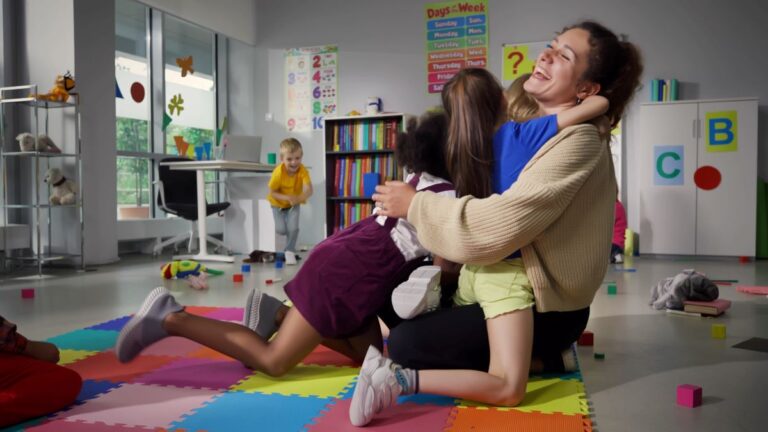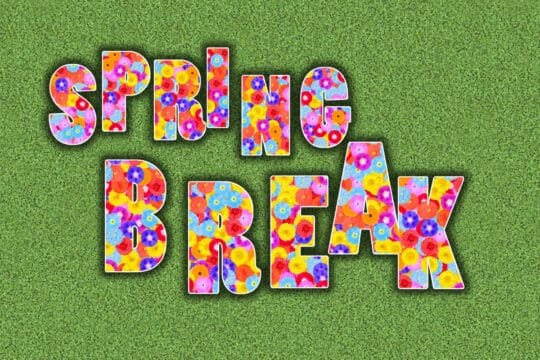As a teacher, you want to create a classroom environment where all students feel valued and respected. However, the reality is avoiding favoritism can be tricky. Sometimes you may be completely unaware that you’re transmitting different kinds of emotions towards different students.
Whether it’s that one student who always comes to class prepared or the one who shares your love for the latest hit song, personal biases can unintentionally creep into your interactions. Here’s how you can take steps to avoid favoritism and create a fair, inclusive space for all your students.
Be Aware of Implicit Bias
The first step to avoiding favoritism is to be aware of any bias you may have. Implicit bias refers to the attitudes or stereotypes that unconsciously affect our understanding, actions, and decisions. As a teacher, be mindful of how your biases may influence your behavior in the classroom.
For instance, you might favor students who remind you of yourself or students who come from similar cultural or socioeconomic backgrounds. Take the time to acknowledge any bias you may have so you can focus on equity and inclusion in your classroom.
Build a Relationship with All Students
A surefire way to prevent favoritism in your classroom is to build genuine relationships with every student in your classroom. Make it a priority to take the time to really get to know your students, their likes and dislikes, what makes them unique, and what their weaknesses are.
Frequently check in with students, ask about their lives outside of school, and show interest in their passions. Sometimes a quick chat during lunch or after class can make all the difference. The more you know each student’s background, the easier it is to appreciate their individuality. This will help you avoid giving some students undue attention.
Stick to Your Classroom Management Plan
A key way to maintain fairness in your classroom is by consistently adhering to your classroom management plan. Don’t change the rules for any child and try not to take students’ actions personally. Your emotions can often get the best of you, especially after a long day dealing with a disruptive student. Set your feelings aside and stay committed to your original plan. When you have a clear plan in place, you’re less likely to stray from it.
Include Every Student, Every Time
Many teachers use a system like the Popsicle stick method to ensure fairness in the classroom. This involves writing each student’s name on a stick and randomly selecting one when calling on students. Many elementary school teachers like this approach because it eliminates the “why don’t you ever pick me” comments that they usually get from the students.
With today’s technology, many educators are switching to apps like “Teachers Pick” or “Stick Pick,” which randomly select you. These tools are excellent for making sure every student gets a chance to participate, fostering a classroom environment built on fairness and inclusion rather than favoritism.
Guarantee Fairness with an Assessment Rubric
An easy way to ensure fair grading in the classroom is with an assessment rubric. Assessment rubrics are an efficient tool that makes the grading process more objective. While they can be time-consuming to create from scratch, once you have them, it saves time spent grading, and not to mention they are unbiased, so every child will be graded equally and by the same standard. To make it even easier on yourself, you can just print a template online instead of creating one yourself.
Rotate Responsibilities and Opportunities
Classroom responsibilities, like being the line leader or the person who passes out materials, often become sources of favoritism complaints. To avoid this, create a system where responsibilities and leadership roles are rotated regularly. It could be something as simple as a job chart that rotates weekly or drawing names randomly to determine who gets certain roles.
The same applies to opportunities like answering questions or leading group discussions. It’s easy to fall into the habit of calling on the same few students who always raise their hands. To give each student a chance to take part, try using random name generators; Popsicle sticks with students’ names, or a similar method. This approach helps prevent favoritism and encourages quieter students to get more involved.
Carefully Plan Group Collaboration
Group work is a great way to encourage collaboration and build a sense of community in the classroom. Yet, it can also lead to favoritism if the same students always take charge or work with their friends.
Consider consciously balancing the dynamics by grouping students by their interest in the topic, learning styles, or strengths and weaknesses. This is a great way to help students learn to work with different students and also helps to prevent cliques or favorites from forming.
Be Aware of Your Emotions
Lastly, be aware of your emotions. As mentioned earlier, many teachers are completely unaware that they are even favoring any child in their classroom because they just see it as transmitting different kinds of emotions toward different students. Part of treating all students fairly is being able to reflect upon your actions and emotions. Think about how you treat each child.
To be fair, it helps to be aware of your emotions and not let them interfere with your teaching methods. Often, many educators let their emotions get the best of them, leading to an unfair classroom. A good example of this is to think about the student you have in your classroom that irritates you the most, as well as the student who you think acts the best. What attributes do each of these students have, as well as not have? Be mindful of the way you treat your students based on the way that you feel. Make sure that leave your personal feelings out and solely focus on your job as a mentor and educator.
Favoritism can create a classroom environment where students resent you. It can also weaken students’ self-esteem, alienate your most difficult students, and overall create an unhappy classroom environment. Be aware of your emotions towards all of your students and try and build a rapport with every one of them so that you can create a classroom community where all students feel equal and welcome.
Educators never stop learning; check out our available graduate degree programs to hone your skills and promote lifelong learning and academic excellence.




